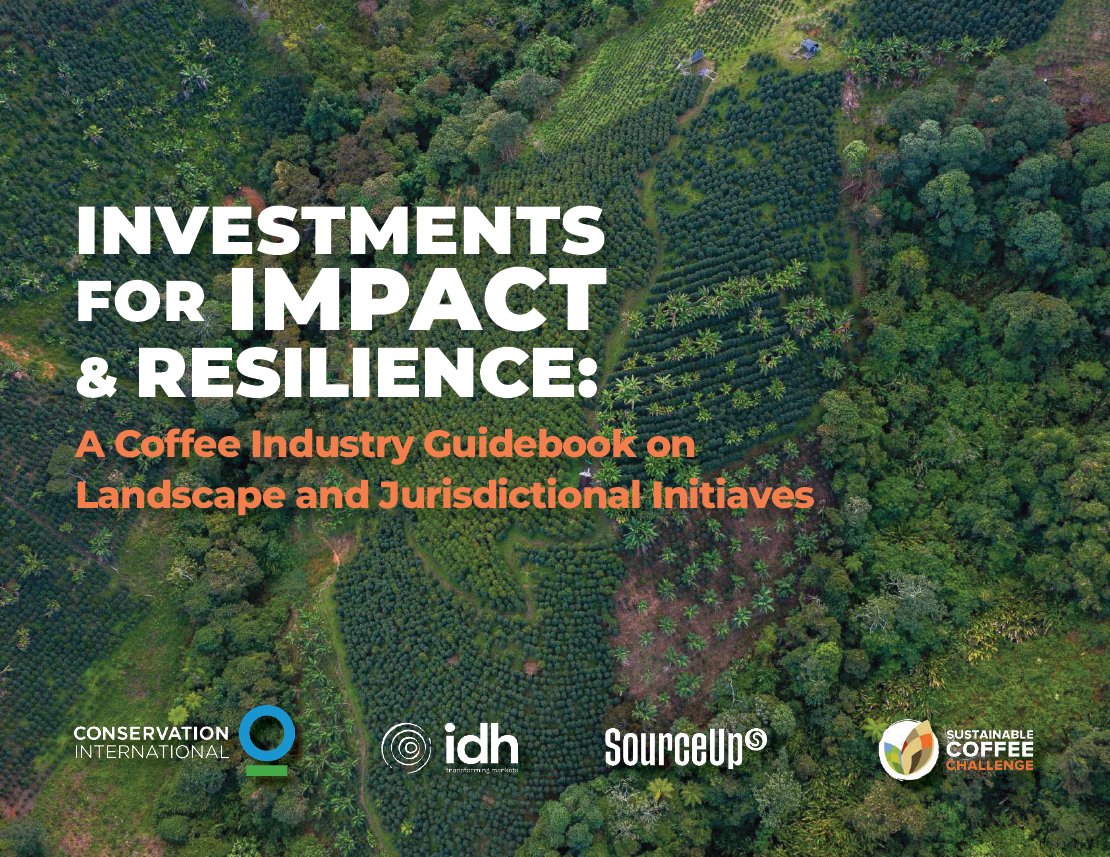Investments for Impact & Resilience: A Coffee Industry Guidebook on Landscape and Jurisdictional Initiatives
Overview
The new guidebook ‘Investments for Impact & Resilience’ is designed to help coffee companies and supply chain actors take action. While it builds on existing LJI principles and guidance, it is tailored specifically to the coffee sector—offering concrete, actionable steps for companies that are among the early movers in landscape and jurisdictional engagement. Recognising that companies are at different stages in their place-based investment strategies, this guide is organised around key conceptual questions and practical steps for engaging with LJIs.
What is in the guidebook?
LJIs help companies de-risk supply chains, meet compliance requirements, leverage co-investment, and achieve greater ROI—while driving meaningful outcomes for people, climate, and nature.
This guidebook contains step-by-step guidance for identifying a company’s priority landscapes for investment, as well as the outcomes that will best address their sourcing and sustainability needs through engagement:
- Step 1: Understand Your Needs – Identify priority landscapes for investment and outcomes that address your sourcing and sustainability needs
- Step 2: Identify and Assess LJIs – Find and evaluate initiatives that align with your strategic and operational requirements
- Step 3: Integrate, Implement, and Measure Impact – Systems for aligning with LJI governance, implementing activities, and reporting credible outcomes
- Step 4: Plan for Long-Term Impact – Strategies for maintaining engagement and scaling successful approaches
Who this guidebook is for
Exporters, traders, roasters, brands and retailers—and their sustainability, procurement and sourcing teams—seeking clear, actionable pathways to invest in landscape and jurisdictional initiatives in coffee-sourcing regions.
About the collaboration
This guidebook was developed by Conservation International, IDH and SourceUp, and is published under the umbrella of the Sustainable Coffee Challenge. The work was made possible with financial support from FOLUR, a Global Environment Facility (GEF) programme led by the World Bank.
